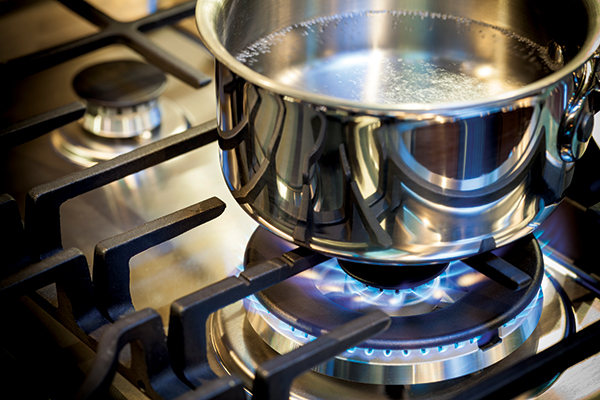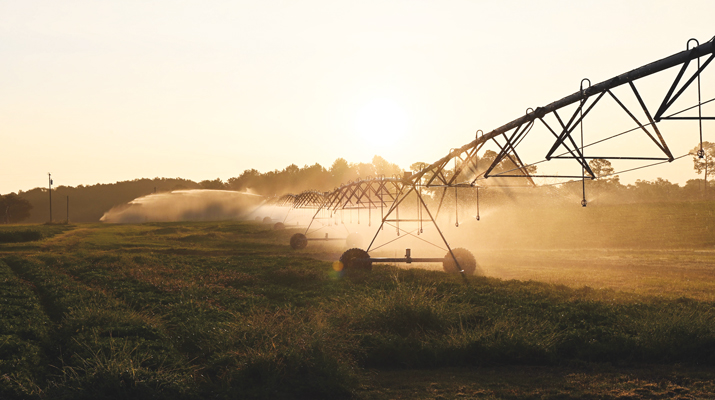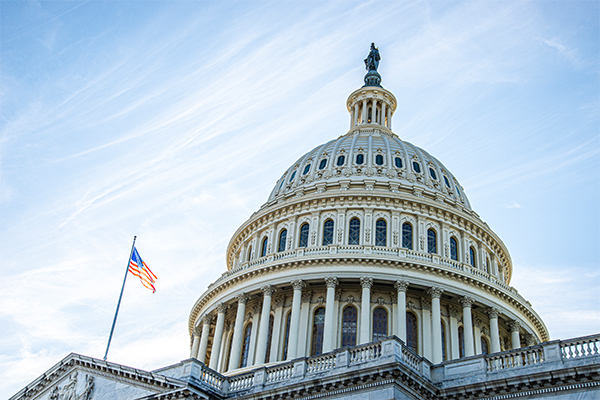Considering indoor air quality when cooking
Gas ban bureaucrats would have consumers believe that indoor air quality is being compromised when cooking with propane or natural gas versus electricity.
Gas bans in new construction and retrofits are meant to force consumers to switch to electric cooking to avoid perceived indoor air quality hazards, and they ignore the trade-offs of such a mandate. Those same bureaucrats should also consider that outdoor air quality is affected by using electricity for cooking because over 60 percent of electricity comes from coal- or natural gas-fired power plants.
According to archeologists, our ancestors began cooking with fire thousands of years ago. About 200 years ago, that fire was further harnessed by the invention of the gas stove and brought to the indoor kitchen to gradually phase out solid fuel (wood or coal) open hearths and cookstoves and their accompanying smoke and ash.
Propane and natural gas cooking equipment has continued to evolve in design and functionality and is still the preferred choice for restaurants and top chefs. Amateur chefs and cooking enthusiasts can enjoy the same advantages of gas over electric cooking, including responsive and infinite heat adjustment and far more energy efficiency than most electric models, which translates to lower energy costs.
The ability to cook during power outages also makes propane-fueled kitchens a dependable choice for consumers.
Problems with electric
The kitchen electric range followed a development path similar to its gas counterpart and started appearing in kitchens in the late 1920s as a cooking choice for consumers. The distribution network for propane and natural gas was in its infancy at that point, and the electric range sometimes became a default choice for the kitchen.
The challenges with cooking on an electric range are well known. Slow warmup and slow reaction heat adjustments on affordable electric stove models make cooking a challenge.
More expensive electric induction ranges and cooktops are now being marketed as the answer to all of the standard electric range performance issues. A variety of experts agree that induction cooktops cook by producing EMF (electric magnetic field) induction radiation and, the greater your exposure, the greater your risk for developing significant health issues.
Add to that the higher cooking equipment costs and the necessity of buying new cookware that is adapted to the EMF radiation form of energy transfer. Then you must toss out your metal cooking utensils, which can transfer radiation. Recommendations also include cooking on the back burners of induction cooktops whenever possible to distance yourself from EMF radiation exposure. It’s the same reason your microwave oven only operates when its door is shut – to minimize radiation exposure.
This information about induction cooking makes that clean blue flame of a propane cooktop seem like a kitchen friend in comparison.
Advocating for propane
Now, let’s consider indoor air quality in a kitchen that uses a propane range versus an electric range.
Remember that all kitchen cooking has the potential to reduce indoor air quality, no matter what kind of stove you use, according to the California Air Resources Board. The great equalizer is the use of a range hood or vent fan or downdraft ventilation system in the kitchen. Cooking odors, smoke and steam are ventilated out of the kitchen, and indoor air quality is minimally affected by meal preparation. Unfortunately, EMF radiation produced by induction cooktops is not reduced by ventilation.
When working with lawmakers and regulators who think gas bans are the answer for achieving better indoor air quality, you need to approach them with the facts about propane. The Propane Education & Research Council has good talking points about this topic available on its website.
Tom Jaenicke is vice president of propane marketing services for Warm Thoughts Communications. He can be reached at tjaenicke@warmthoughts.com or 810-252-7855.

















